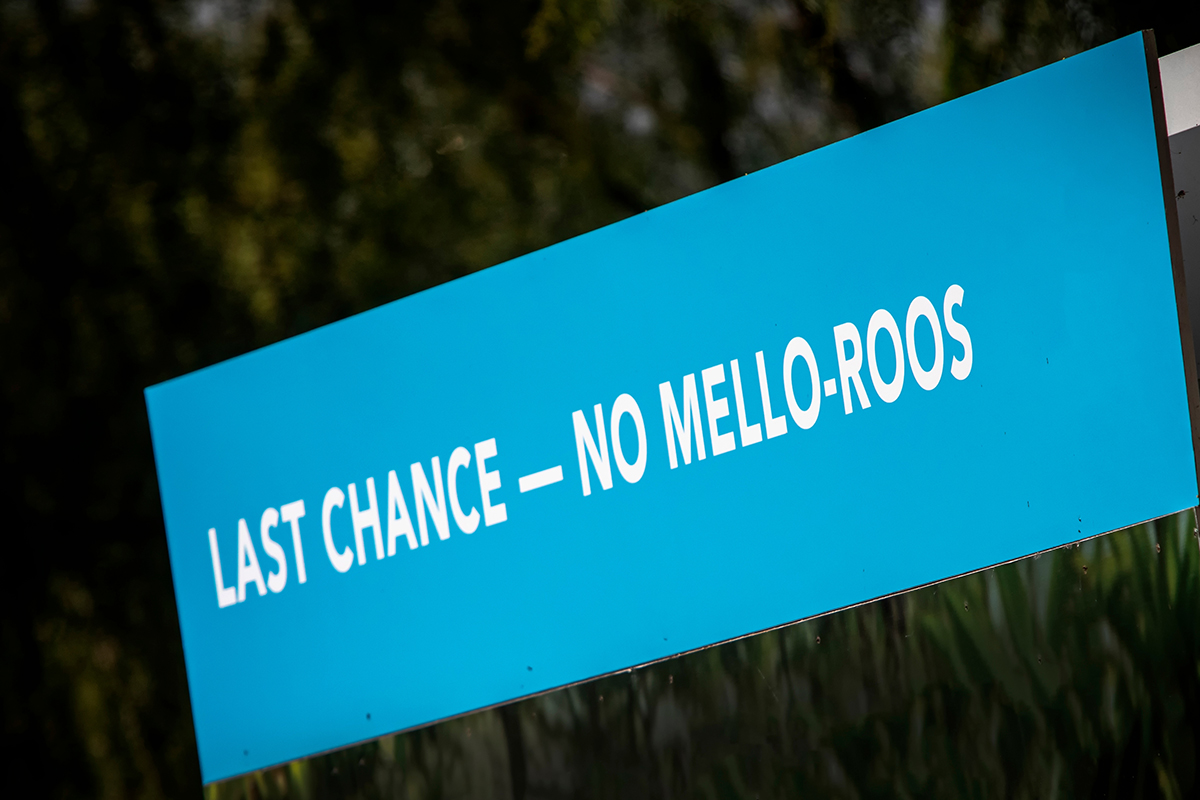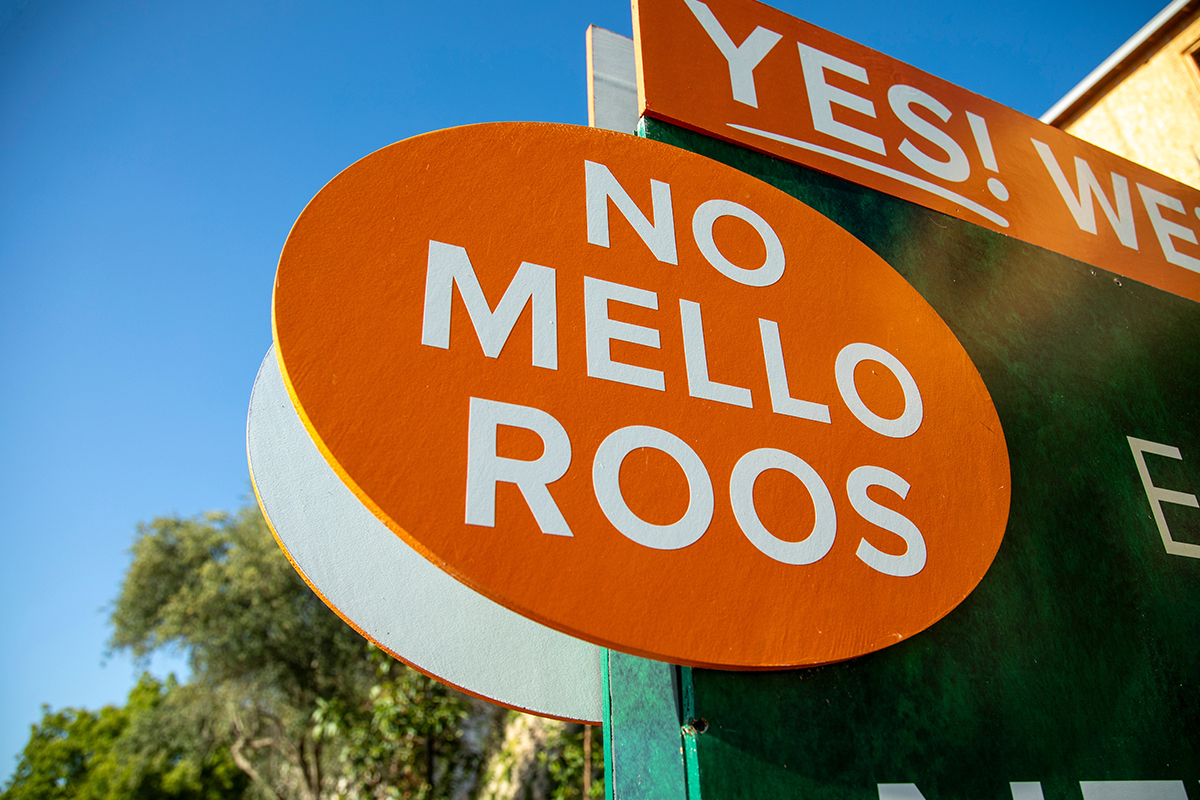
Understanding Mello-Roos in California: What Homebuyers Need to Know
At ADHI Schools, we recognize the role of comprehensive knowledge in shaping your real estate investment decisions in California. One significant factor, particularly in newer developments, is the Mello-Roos tax. This unique assessment can have a profound impact on property owners. Potential homebuyers and investors need to understand these taxes' purpose, assessment, coverage, and impact. I'd like to provide a detailed overview of Mello-Roos taxes, equipping you with the necessary information to make informed real estate decisions.
What is Mello-Roos?
Mello-Roos is a special tax imposed on property owners in specific districts. Its primary purpose is to finance major infrastructure and public services not covered by regular property taxes. This tax was established in 1982 through the Community Facilities District Act, passed by the California legislature to provide local governments with a means to raise funds after Proposition 13 significantly limited their ability to levy real estate taxes.
Proposition 13, passed by California voters in 1978, significantly changed how local governments could assess property taxes, fundamentally altering the state's public funding landscape. This measure was designed to address the rapidly escalating property taxes of the time, which caused significant financial distress to homeowners.
Key Provisions of Proposition 13
Impact of Proposition 13
The implementation of Proposition 13 had a profound impact on the revenue generation capacity of local governments from property taxes. Before Proposition 13, local governments could assess property taxes based on current market values and community funding needs. This allowed them to adjust tax rates and reassess property values to meet public services and infrastructure project budget requirements.
However, with the limitations imposed by Proposition 13, local governments found themselves with insufficient funds to cover the costs of new projects and the maintenance of public services, particularly in rapidly growing communities. The tax base became inadequate due to the capped rate and limited growth of property tax assessments, which did not necessarily correlate with the actual increase in property values or economic conditions.
Introduction of Mello-Roos Taxes
In response to these challenges, the California legislature enacted the Community Facilities District Act in 1982, allowing local governments to form Community Facilities Districts (CFDs) and levy what is known as Mello-Roos taxes. These taxes, charged on top of regular property taxes, are crucial in funding infrastructure projects and public services, specifically within those districts. Mello-Roos taxes are not just additional financial burdens, but they are essential mechanisms for local governments to generate the necessary funds to support new development and ensure the provision of essential public services, such as schools, roads, and police and fire protection, especially in areas experiencing rapid growth and development.

The establishment of Mello-Roos was a direct consequence of the fiscal constraints imposed by Proposition 13. It serves as a vital tool for municipalities to adapt to ongoing financial needs without overstepping the tax restrictions placed by Proposition 13. This tax has enabled communities to develop and maintain critical infrastructure, supporting California's growth and addressing the public funding deficits from Proposition 13's limitations.
Why Do Mello-Roos Taxes Exist?
Mello-Roos taxes primarily aim to finance significant community infrastructure projects, such as schools, roads, fire and police services, parks, and libraries. These taxes are usually levied in newer developments where additional funding is needed to support the construction and maintenance of essential infrastructure and services that the existing tax base cannot sufficiently support.
How are Mello-Roos Taxes Assessed?
Mello-Roos taxes are assessed to property owners within a Community Facilities District (CFD) created by a local government, city, or county. These taxes are based on the bonded indebtedness required to fund specific projects within the district. The amount may vary between properties in the district depending on the property's size, the home's square footage, and the area's specific needs.
What Do Mello-Roos Taxes Cover?
The revenues collected from Mello-Roos taxes can be used for various services and facilities. Typically, these taxes fund infrastructure improvements, school facilities, police and fire protection, ambulance services, roads, and libraries. Notably, the funds generated by Mello-Roos taxes must be used for the specific purposes outlined when the tax was approved and cannot be used for unrelated projects.
Impact on Property Values
The impact of Mello-Roos taxes on property values can be mixed. On one hand, these taxes can increase the overall tax burden on a property, which might deter some buyers. However, the enhancements and new facilities funded by Mello-Roos can make a neighborhood more attractive, potentially boosting property values. For many buyers, the improved infrastructure and amenities justify the additional tax, and they see it as an investment in the future value of their property.
Technical Detail and Precision: Understanding the Financial Impact of Mello-Roos Taxes
It is beneficial to consider specific examples and comparative scenarios to grasp the financial implications of Mello-Roos taxes truly. Let’s explore how these taxes influence property values and owner expenses in two scenarios.
Scenario 1: New Development with Mello-Roos Taxes
In a new housing development in Irvine, California, the local government has established a Community Facilities District (CFD) to fund necessary infrastructure such as roads, schools, and parks. A typical single-family home in this development is assessed at $800,000. The Mello-Roos tax for the property is set at 0.8% of the assessed value annually, which amounts to an additional $6,400 per year in property taxes.
Financial Comparison:
This scenario illustrates that while Mello-Roos increases the tax burden by $6,400 annually, it also supports infrastructure developments that can enhance property value over time.
Scenario 2: Established Area without Mello-Roos Taxes
Consider a similar property in an older neighborhood of Irvine, where there is no Mello-Roos tax. The home, valued at $800,000, incurs standard property taxes without additional Mello-Roos assessments.
Financial Comparison:
Long-term Financial Impact:
Owners of new developments may see a higher initial tax rate. Still, the funded amenities could significantly increase property value due to improved infrastructure and community services. In contrast, the older neighborhood may have lower initial taxes but could lack the same potential for increased property values due to older amenities and infrastructure.
By analyzing these scenarios, potential buyers can better understand the balance between upfront costs and the long-term benefits of Mello-Roos taxes. This decision-making process is crucial, especially for those considering properties in districts with these special assessments. Through careful evaluation of the projects funded by Mello-Roos taxes, investors and homeowners can gauge the potential for property value appreciation and make informed decisions tailored to their financial and living situation.
Important Considerations for Homebuyers
If you are considering purchasing a home in a district with Mello-Roos taxes, it's essential to:
Understanding Mello-Roos taxes is essential for any potential real estate license school student, California homebuyer or real estate investor. While they can increase the cost of owning a home, they also fund critical infrastructure and services that can significantly enhance the quality of life and potentially increase property values. As with any real estate investment, thorough due diligence is essential to making an informed decision.
By understanding Mello-Roos, homebuyers can better assess the long-term value and costs of purchasing a new home in California's developing areas.
Love,
Kartik
The Ultimate Guide to Creating a Home Buying Checklist
Common Misconceptions About Cap Rates: Debunking the Myths

Founder, Adhi Schools
Kartik Subramaniam is the Founder and CEO of ADHI Real Estate Schools, a leader in real estate education throughout California. Holding a degree from Cal Poly University, Subramaniam brings a wealth of experience in real estate sales, property management, and investment transactions. He is the author of nine books on real estate and countless real estate articles. With a track record of successfully completing hundreds of real estate transactions, he has equipped countless professionals to thrive in the industry.